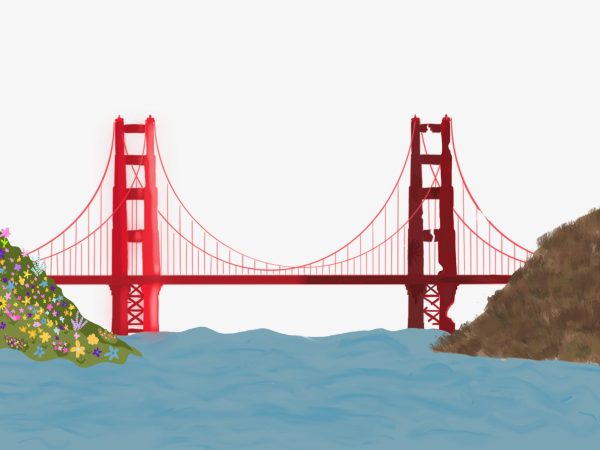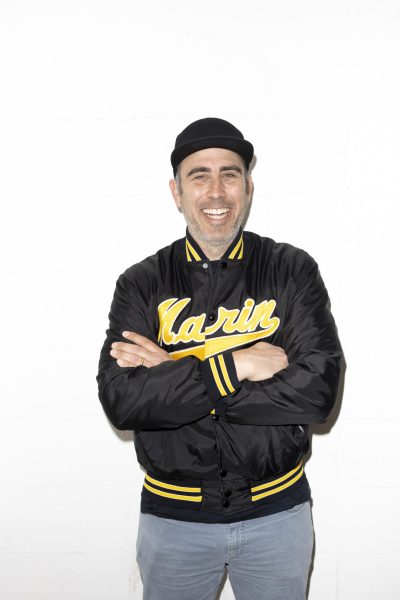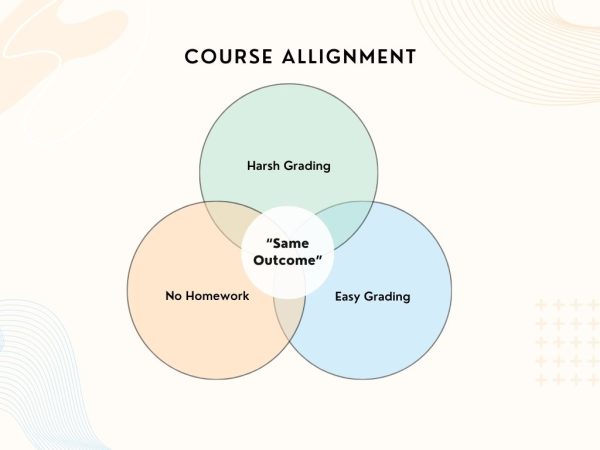Corbin Mason tears up local waters with expertise
February 9, 2020
It is a crisp, early morning at the beach. The marine layer hangs low, sliding down the coastal cliffs in blankets that hug the sea. The winter air pierces through a slick wetsuit, slowly numbing the body. Any lingering symptoms of morning drowse quickly fade as a set of waves roll in and begin to grow. Cron, the local nickname for Rodeo Beach, looks welcoming: low tide, glassy water and sharp, right-breaking waves. Senior Corbin Mason heads for the ocean without hesitation.
Growing up in a family of surfers, the ocean has always been familiar to Mason. He was introduced early on by his father at Cron, but discovered his love for the sport with longtime friends Zan Curleigh and Ray Holmberg, seniors at Redwood and Drake respectively. In fact, before Curleigh and Holmberg, Mason refused to even enter the water when his family went to the beach.
“I hated surfing until sixth [or] seventh grade. [My family] would drive me to the beach and [while] they would all surf, I would literally sit in the car because I hated it that much,” Mason said. “[Then] I just started going out [with friends] and loved it.”
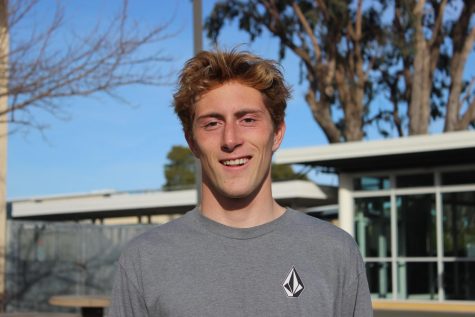
Northern California winters are known to bring larger swells that form longer sets and bigger waves. Discomfort in these harsh conditions quickly turned into skill and ease as Mason refined his craft. His level of confidence in the sport has only increased with time.
“I would definitely say when I first started surfing, my dad would push me kind of hard even when the waves were pretty big. I would get scared and then I wouldn’t want to go out again unless [the waves] were super small. That held me back a little bit. But then, once I got comfortable with it, it actually helped,” Mason said. “We started taking [the sport] more seriously, started going on surf trips together and then it really took over our lives.”
Northern California’s close proximity to the Farallon Islands offers potential for shark encounters, another one of the many dangers in the local surf. Despite knowing this, Mason and Holmberg are fueled by their passion to continue surfing.
“[Mason’s step dad saw a] 20-foot great white ten minutes before we paddled out. He asked us if we cared or not, [and we didn’t]. He told [Mason] he was joking, but the whole time we knew there were great whites swimming around us, and we just stayed out and surfed [anyway],” Holmberg said.
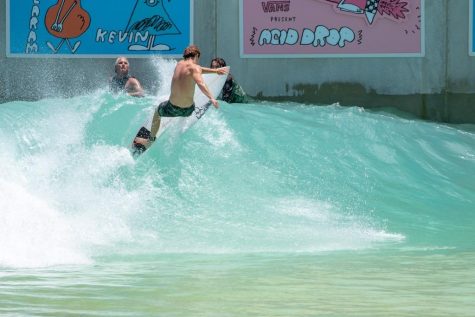
Junior year came around and Mason and Curleigh decided to join the Half Moon Bay Surf Team, competing in the shortboard division. The added element of competition pushed the two to practice almost every day of the week, traveling south to Half Moon Bay three of those days. Whoever performed the best during their Half Moon Bay practices were added to the competition roster. Because of this added pressure, Curleigh finds competitive surfing both a mental and physical challenge.
“It’s like two different sports, free surfing and competitive surfing. It’s a lot more strategic when you’re surfing competitively because you only have 15 minutes and they score your best two waves, so you have to really think ahead. ‘Do I want to go for this wave?’ ‘Do I want to go for this one?’ ‘What should I do?’” Curleigh said.
Mason hopes to continue his surfing career in college with the Loyola Marymount University surf team, which he has committed to. As of now, he still surfs almost every day for the Tam Surf team and National Surf Scholastics Association (NSSA), both part of the Santa Cruz Scholastic Surf League. Even though Tam’s team is a more laid back program open to all TUHSD students, members have the opportunity to compete down in Santa Cruz once a month, or whenever the swell is best. At a particular competition in Santa Cruz, Mason finished in fourth place out of 60 other surfers.
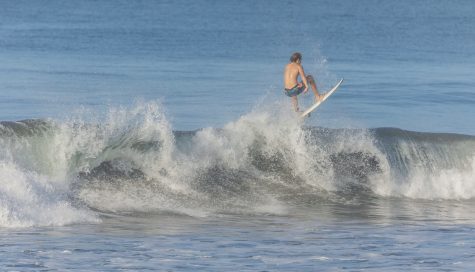
Through Mason’s success in surfing, the ocean has become his second home. Wanting to share his experiences and knowledge with others, Mason traveled down to Mexico with some friends during spring break of his junior year.
“Last spring break I went down with a couple of my friends. They brought [equipment] down and we put on a clinic for kids in Mexico,” Mason said. “We taught them how to compete and what the techniques for [competing] are. For the kids who didn’t know how to surf, we taught them how.”
Whether it’s his friends and family or others who simply love the ocean, Mason has found a way to unify the people around him through surfing. Even Holmberg, who grew up surfing with Mason, continues to look up to him today.
“His surfing [and how good he’s gotten] is pretty inspiring. I’ve never been as good as he has, and he always inspires me to get better. I look at what he does in the water and try to improve what I do,” Holmberg said.








